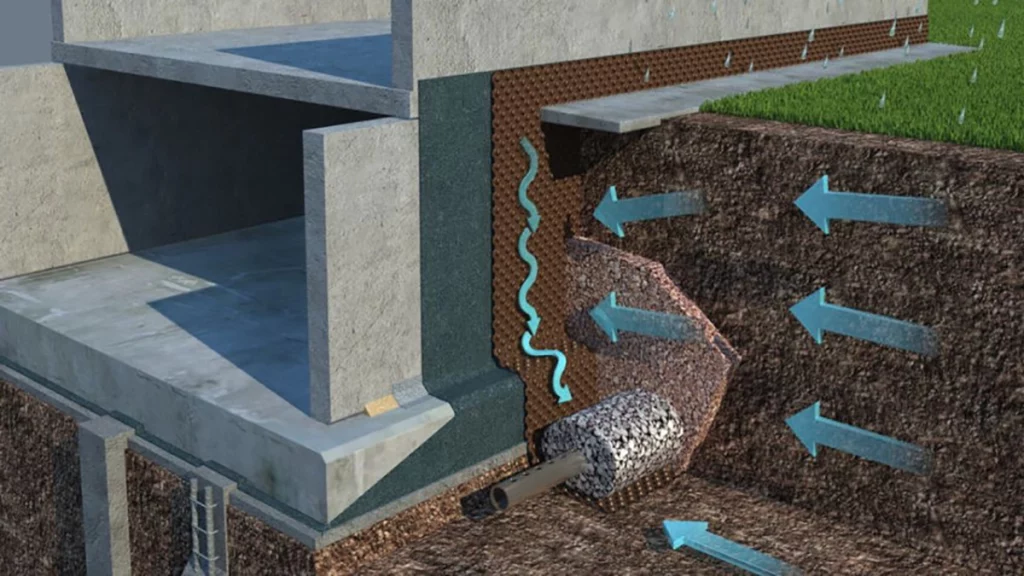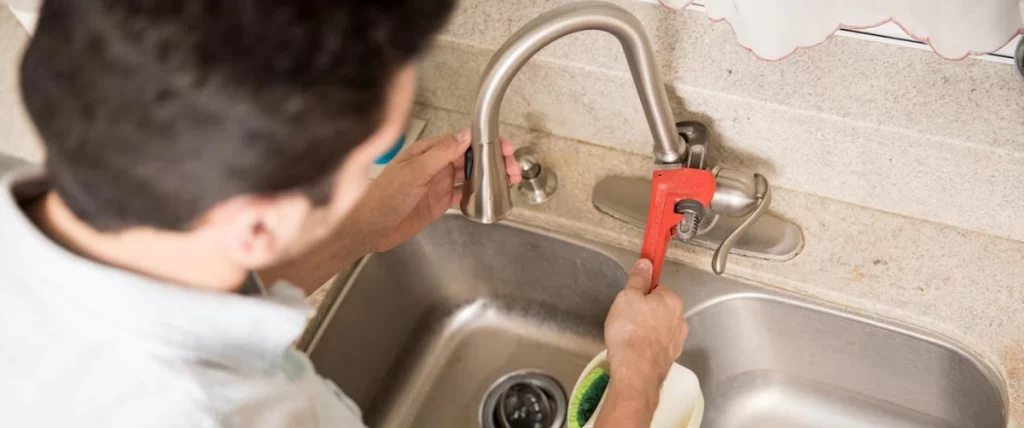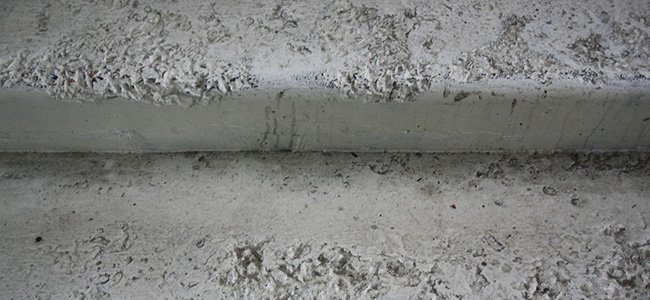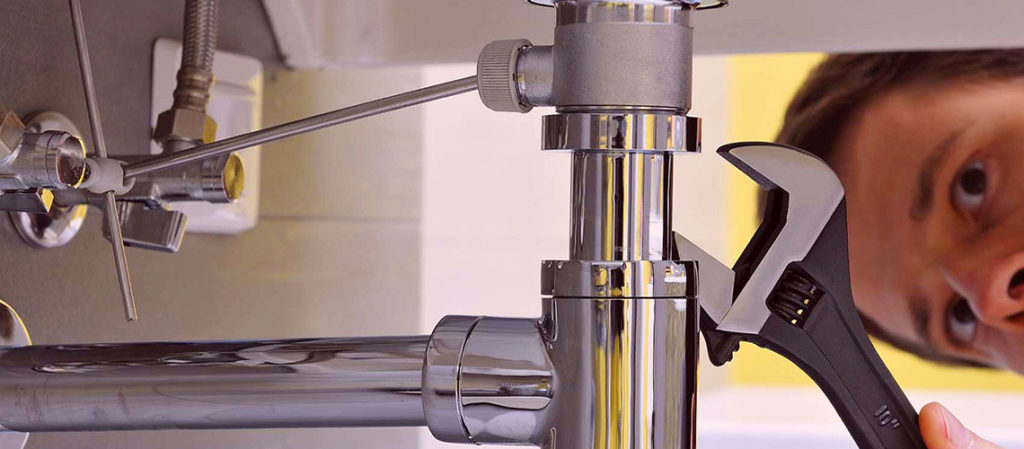Flooding can cause significant damage to your home and belongings, not to mention the potential health risks associated with mold growth and other hazards. By taking proactive steps, you can minimize the chances of flooding in your home. Here’s how:
Contents
Understanding the Risks of Flooding in Your Home
Flooding is one of the most common and destructive natural disasters homeowners face. It’s not just homes near bodies of water or in coastal areas that are at risk—virtually any house can experience flooding under the right conditions. Understanding the risks associated with flooding can help homeowners prepare and protect their properties.
Sources of Flood Risk
Several factors contribute to flood risks:
Natural Causes: Heavy rainfall, hurricanes, tsunamis, and rapid snowmelt can lead to sudden or gradual flooding.
Man-made Causes: Dam failures, poor drainage systems, or inadequate city planning can exacerbate flood conditions.
Types of Flooding
Riverine Flooding: Occurs when rivers or streams overflow their banks. Typically a result of prolonged heavy rainfall or snowmelt.
Flash Flooding: Rapid flooding caused by heavy rainfall in a short period, often within minutes or hours.
Coastal Flooding: Caused by storm surges, high tides, or sea level rise, affecting coastal areas.
Urban Flooding: Often a result of inadequate drainage in densely populated areas. It occurs when rainfall overwhelms stormwater systems.
Groundwater Flooding: When the water table rises above the surface level, often after long periods of sustained rain.
Assessing Your Home’s Vulnerability
Location: Homes in low-lying areas, floodplains, or coastal regions are naturally more at risk.
Soil Conditions: Some soils drain water faster than others. If the ground cannot absorb water quickly, it might lead to flooding.
Community Infrastructure: The state of local dams, levees, drainage systems, and sewer systems can influence flood risks.
Impacts of Flooding
Physical Damage: Water can damage the home’s foundation, walls, floors, and belongings.
Health Risks: Floodwaters can carry pathogens, leading to mold growth or waterborne diseases.
Financial Burden: Repairing flood damage can be costly, especially without adequate insurance coverage.
Previous Incidents
If your home has experienced flooding in the past, it’s essential to understand why it happened and if it could occur again. Prior incidents indicate potential vulnerabilities in your home or its location.
Climate Change and Flooding
Global climate change can exacerbate flood risks:
Increasing Rainfall: Some areas experience heavier rainfall, leading to increased flood risks.
Rising Sea Levels: Coastal areas might see more frequent and severe flooding.
Melting Glaciers: This can contribute to rising sea levels and riverine flooding.
Understanding the risks of flooding in your home is the first step in prevention. By identifying potential threats and vulnerabilities, homeowners can take proactive measures, such as home modifications, insurance coverage, and emergency preparedness, to mitigate damage and safeguard their families.
Proper Home Maintenance
Regular home maintenance can help in identifying potential problems before they lead to flooding.
- Regular Inspections: Check for cracks or gaps in your home’s foundation, walls, and roof.
- Sealants: Use waterproof sealants to seal any openings where water can enter.
- Check Appliances: Ensure appliances like washing machines, dishwashers, and water heaters are in good condition and not leaking.
Foundation Waterproofing
Waterproofing your foundation is essential to keep water out.

- External Waterproofing: This involves applying a waterproof barrier on the outside of your foundation.
- Interior Waterproofing: Sealants and coatings can be applied from the inside to prevent water seepage.
- Drainage: Installing French drains can help divert water away from your foundation.
Gutter and Downspout Maintenance
Gutters and downspouts play a crucial role in diverting water away from your home.
- Regular Cleaning: Remove leaves, twigs, and debris from gutters regularly.
- Proper Positioning: Ensure downspouts direct water at least 5-6 feet away from your foundation.
- Install Guards: Gutter guards can prevent debris from clogging them.
Sump Pump Installation and Maintenance
Sump pumps can help prevent basement flooding.
- Installation: Install a sump pump in the lowest part of your basement or crawl space.
- Maintenance: Test the pump regularly and ensure it’s in working condition. Have a backup battery or generator in case of power outages.
Landscaping for Flood Prevention
The way you landscape your yard can influence flood risks.

- Grading: Ensure your yard slopes away from your home, directing water away from the foundation.
- Plant Strategically: Deep-rooted plants can help absorb excess water.
- Rain Gardens: These are designed to collect runoff water and let it soak into the ground.
Managing Indoor Water Sources
Reduce the risk of indoor flooding.
- Check for Leaks: Regularly inspect under sinks, around toilets, and near appliances.
- Install Water Alarms: These can detect leaks and alert you immediately.
- Know Where Your Water Main Is: In case of a major leak, you’ll want to shut off the water supply quickly.
Creating a Flood Emergency Plan
Preparedness is crucial.
- Evacuation Route: Know the safest way out of your home and where to go in case of severe flooding.
- Emergency Kit: Keep a kit with essential supplies, including water, non-perishable food, flashlights, and important documents.
- Stay Informed: Monitor local weather reports during heavy rainfall or storm events.

Insurance Coverage for Flood Damage
Protect your investment.
- Homeowner’s Insurance: Typically, standard homeowner’s insurance doesn’t cover flooding. Check your policy.
- Flood Insurance: If you’re in a flood-prone area, consider purchasing a separate flood insurance policy.
Final Thoughts and Actionable Steps
Flooding remains a perennial concern for homeowners worldwide. While nature’s whims can be unpredictable, our preparedness and understanding of these risks can significantly reduce the impact on our homes and lives. By embracing a proactive approach, we can safeguard our families, properties, and invaluable possessions against the devastating effects of floods.
Knowledge is Power
Research: Continuously educate yourself about the flooding risks in your area.
Stay Updated: Follow local weather and flood alerts, especially during seasons prone to heavy rains or snowmelt.
Home Assessment
Professional Evaluation: Consider hiring an expert to assess your home’s flood risk and suggest preventive measures.
Document: Take photos and videos of your home’s interior and exterior for insurance purposes.
Home Improvements
Elevation: If feasible, consider raising your home or key utilities above potential flood levels.
Barriers: Invest in sandbags, flood barriers, or water-resistant seals for doors and windows.
Emergency Preparedness
Emergency Kit: Always have a kit ready with essential items such as fresh water, non-perishable food, flashlight, batteries, a first-aid kit, and important documents.
Evacuation Plan: Map out and familiarize your family with the safest evacuation routes from your home.
Insurance Review
Policy Check: Regularly review your insurance policy to ensure you have adequate flood coverage.
Document and Update: Keep a catalog of your belongings and their value. Update this list annually or after major purchases.
Community Engagement
Join or Form Groups: Become a part of community flood-prevention initiatives or neighborhood watch groups.
Share Information: Foster a community spirit by sharing updates, tips, and resources with neighbors.
Environmental Contributions
Plant Trees and Shrubs: Vegetation can absorb excess water and prevent soil erosion.
Support Wetlands: They act as natural sponges, absorbing and storing excess rainfall and reducing flood risks.
Regular Maintenance
Drains and Gutters: Clean them regularly to prevent blockages.
Check and Repair: Periodically inspect your home for cracks, leaks, or other vulnerabilities and repair them promptly.
While we can’t control the weather, our response to potential threats makes all the difference. By taking these actionable steps, not only can we protect our homes and loved ones from the immediate dangers of flooding, but we also contribute to building resilient communities ready to face and overcome challenges. Remember, in the face of adversity, preparedness and unity are our best allies.
FAQ on Preventing Home Floods
Ensure proper landscaping so water slopes away from your foundation, maintain gutters and downspouts, install and maintain a sump pump, seal cracks and gaps in your home’s foundation, and consider installing flood barriers or sandbags during heavy rainfall.
Signs include discoloration or stains on walls and ceilings, peeling paint or wallpaper, a musty odor, mold or mildew growth, buckling or warped flooring, and increased humidity levels inside the home.
It’s recommended to inspect and test your sump pump every three to four months and especially before periods of heavy rainfall.








